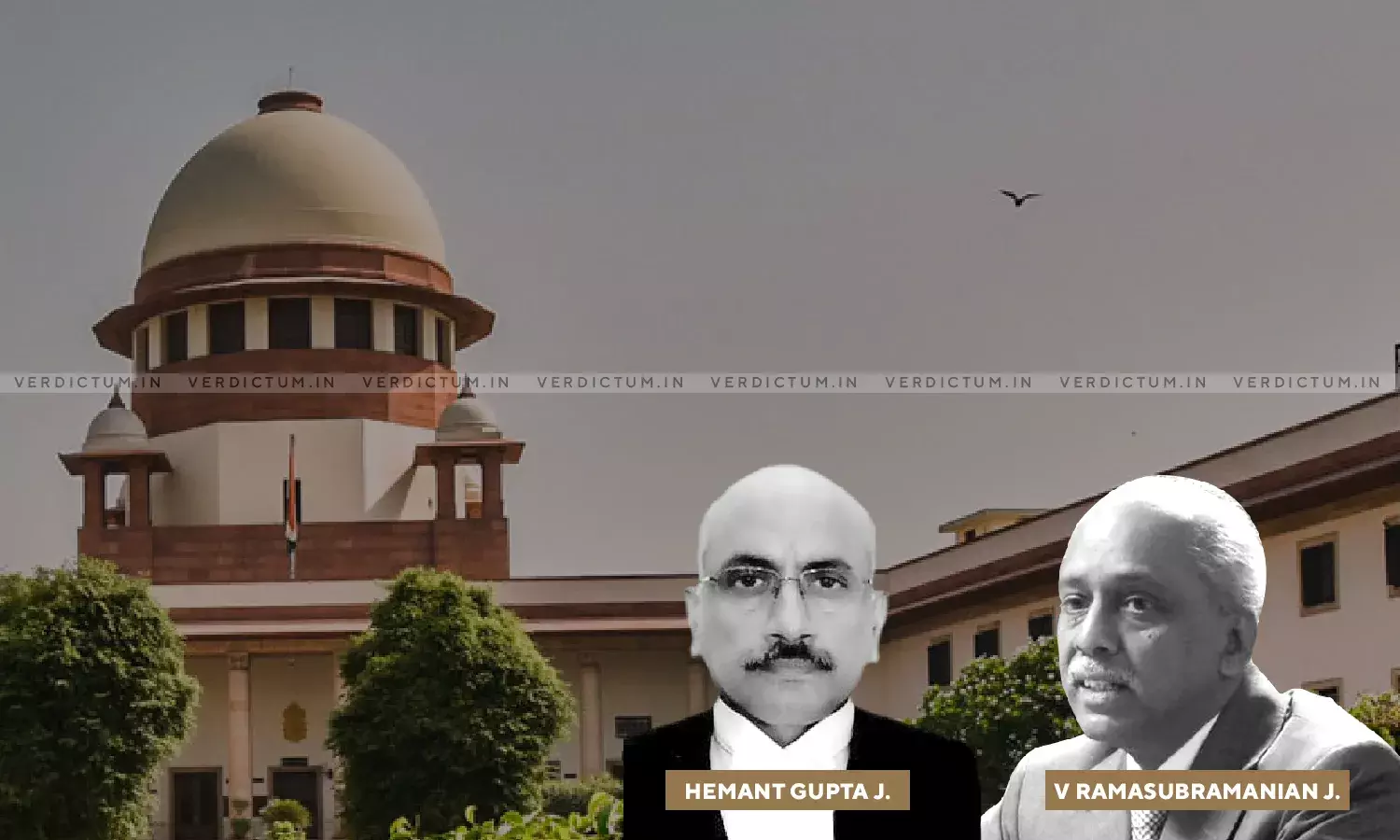Subsequent Amendment By State Cannot Be Applicable When Nobody Applied For IEM For New Sugar Factory - SC
Subsequent Amendment By State Cannot Be Applicable When Nobody Applied For IEM For New Sugar Factory - SC

The Supreme Court in a case observed that revised parameters by the State Government cannot be applicable when no other entrepreneur has applied for IEM to set up a sugar factory in the area in question.
"Since no other entrepreneur has applied for IEM to set up a sugar factory in the area in question, it is not open to the existing sugar factory to contend that the revised parameters by the State Government should be made applicable. IEM fixes the timeline from the date of issuance of the same and the subsequent amendment in the Control Order would not have any application towards the IEM already issued.", the Bench of Justice Hemant Gupta and Justice V. Ramasubramanian.
In this case the appellant had applied for Industrial Entrepreneur Memorandum (IEM) for a sugar factory which was acknowledged after the appellant furnished a bank guarantee of the sum of Rs. 1 crore.
However, a writ petition was filed soon thereafter, challenging the IEM granted to the appellant on the ground of aerial distance of proposed sugar factory and existing sugar factory. Another writ petition was filed challenging the IEM on the ground that the proposed sugar factory was not complying with the provisions of Environmental Protection Act, 1986.
The High Court held that the sugar factory is obliged to comply with the anti-pollution laws in the field and the laws relating to preservation of ecology and environment as well.
The appellant sought no-objection certificate in view of the order of the High Court that if the appellant wishes to carry out construction and development, then the appellant would have to comply with all laws, including anti-pollution, environmental protection and ecology but the Godawari Marathwada Irrigation Development Corporation refused to grant no objection certificate.
The appellant applied for extension of time and for change of location within the same taluka and same group of gram panchayat due to earlier location being no development zone.
Even while the matter was pending with the State/Central Government for amendment and extension of the IEM, the first writ petition was filed in 2017 after the appellant had approached State Authorities to measure aerial distance of the proposed location. The second writ petition was filed by the existing sugar factory after Aerial Distance Certificate was issued to the appellant. The third writ petition was filed by the existing sugar factory challenging the extension granted and change of location permitted by the Central Government.
The High Court noted that if a new sugar factory is allowed to be established on the terms of the IEM issued in the year 2010, it would render the existing sugar factory unviable and both sugar factories may not be in a position to survive. The High Court further observed that the appellant had not taken any effective steps within the period of two years from the date of acknowledgment of IEM.
The High Court concluded that the IEM stood de-recognized before the Sugar Control Order was amended in 2016. Therefore, no right accrued to the appellant.
Advocate Dilip Annasaheb Taur appeared for appellant whereas Advocate Sachin Patil appeared for respondents.
The Supreme Court held "In the present appeal, the lis initiated by the writ petitioners in the first round was nothing less than gamble so as to scuttle the process of commissioning of plant. The appellant was at the receiving end of the writ petitions filed and was at the receiving end of such litigation and the period spent in such lis cannot be used against the appellant."
The Court further held "In the present case, the appellant was not the writ petitioner before the High Court. Rather, he was defending the permissions granted by the State and the Central Government. It was not prudent for the appellant to proceed with the heavy investment required for installation of a sugar factory and then to suffer the consequences depending on the outcome of the litigation. The appellant opted for a safer option not to erect the plant and commence production because of the pending litigation. It was a reasonable and precautionary option exercised by the appellant."
The Court also noted that the High Court had gravely erred in taking into consideration that appellant was remiss in not implementing IEM during the pendency of the writ petitions in the first round of litigation.
The Court expressed that the decision of the competent authority to grant extension of time is proper exercise of the powers conferred on it and cannot be said to be illegal, irrational or suffering from procedural impropriety.
"Thus, we find the order of the High Court to be unsustainable. Consequently, the appeals are allowed and the writ petitions are dismissed.", the Court held.
Click here to read/download the Judgment

